CATANI

&

SANDRONE

BRAIN RENAISSANCE
FROM
VESALIUS TO MODERN NEUROSCIENCE

Oxford University Press is a department of the University of Oxford. It furthers the Universitys objective of excellence in research, scholarship, and education by publishing worldwide.
Oxford New York
AucklandCape TownDar es SalaamHong KongKarachi
Kuala LumpurMadridMelbourneMexico CityNairobi
New DelhiShanghaiTaipeiToronto
With offices in
ArgentinaAustriaBrazilChileCzech RepublicFranceGreece
GuatemalaHungaryItalyJapanPolandPortugalSingapore
South KoreaSwitzerlandThailandTurkeyUkraineVietnam
Oxford is a registered trademark of Oxford University Press in the UK and certain other countries.
Published in the United States of America by
Oxford University Press
198 Madison Avenue, New York, NY 10016
Oxford University Press 2015
All rights reserved. No part of this publication may be reproduced, stored in a retrieval system, or transmitted, in any form or by any means, without the prior permission in writing of Oxford University Press, or as expressly permitted by law, by license, or under terms agreed with the appropriate reproduction rights organization. Inquiries concerning reproduction outside the scope of the above should be sent to the Rights Department, Oxford University Press, at the address above.
You must not circulate this work in any other form and you must impose this same condition on any acquirer.
Library of Congress Cataloging-in-Publication Data
Catani, Marco, author, commentator, translator.
Brain renaissance from Vesalius to Modern Neuroscience / translated, with commentary, by Marco Catani, Stefano Sandrone.
p. ; cm.
Translation and commentary of those chapters of De humani corporis fabrica dedicated to the brain.
Includes index.
ISBN 9780199383832 (alk. paper)
eISBN 9780199383856
I. Sandrone, Stefano, author, commentator, translator. II. Vesalius, Andreas, 15141564. De humani corporis fabrica. Selections. English. Analysis of (work): III. Title.
[DNLM: 1. Vesalius, Andreas, 15141564. 2. Brainanatomy & histology. 3. Anatomyhistory. 4. Physicianshistory. WL 300]
QP376
612.82dc23
2014032888
The science of medicine is a rapidly changing field. As new research and clinical experience broaden our knowledge, changes in treatment and drug therapy occur. The author and publisher of this work have checked with sources believed to be reliable in their efforts to provide information that is accurate, complete, and in accordance with the standards accepted at the time of publication. However, in light of the possibility of human error or changes in the practice of medicine, neither the author, the publisher, nor any other party who has been involved in the preparation or publication of this work warrants that the information contained herein is in every respect accurate or complete. Readers are encouraged to confirm the information contained herein with other reliable sources and are strongly advised to check the product information sheet provided by the pharmaceutical company for each drug they plan to administer.
To Raffaela, Giulia, Matteo and Chiara Maria with whom I share a wonderful journey (Marco Catani)
To my beloved grandfather Renato (Stefano Sandrone)
CONTENTS
Brain Renaissance, from Vesalius to Modern Neuroscience has been written to mark the birth of the remarkable anatomist Andreas Vesalius five centuries ago, and the 450th anniversary of his lonely death on the coast of Greece.
Born in Brussels in 1514, Vesalius studied in Paris and Leuven. As professor of anatomy in Padua, he began writing the De Humani Corporis Fabrica at the age of 24. It took him four years to complete what is still considered a true landmark in the history of medicine. He supervised all aspects of the making of the book and his final publication in 1543 represented the final act of the realization of a true masterpiece of science and art.
How can a book published almost 500 years ago still be relevant to contemporary neuroscience? Andreas Vesalius was a Renaissance man who dared question the received wisdom of his day, which came from ancient teachings about the human body and mind. Inspired by the finest cartographers and artists of his time, Vesalius laid down a modern paradigm in science: the power of direct observation. The result was a new anatomy of the human body.
Five hundred years later, technological development permits the scientific and medical community to study the anatomy of the human body with a greater spatial and temporal resolution. Concerning the brain, the so called neuroimaging techniques, such as positron emission tomography (PET), functional magnetic resonance imaging (fMRI), and Diffusion Tensor Imaging (DTI) tractography are essential tools for the analysis of organized neural systems in working and resting states, both in normal and pathological conditions. These methods, when complemented with microscopy techniques could open the possibility of mapping the entire wiring of the human brain.
As neuroscientists we exploit the advantages offered by modern neuroimaging techniques. But we are also deeply aware that our approach to neuroscience, although modern in the tools employed, intellectually owns much to Vesaliuss philosophy. Our book grew from a wish to understand the roots of our own discipline, which has involved tracing the origins of neuroscience back to that extraordinary period of artistic, intellectual, and scientific awakening, the Renaissance, and back to Vesalius.
The book is divided into three parts and readers can start at any of these parts, depending upon their personal interests.
of the book gives in English the eighteen chapters of Vesaliuss Fabrica dedicated to the brain, originally in Latin, the international language in his time.
Each of the translated chapters on the brain has brief explanatory notes. For those with direct relevance to modern neuroscience, we also provide a glance at the progress made since Vesalius wrote his book.
offers a brief overview of the major discoveries in neuroscience to have emerged since the publication of the Fabrica. Here we track the evolution of ideas and approaches to understanding the brain within their historical context, and pay tribute to the work of many pioneers. As our account moves toward modern times, the brain is perceived in terms of the major technical achievements of each era: the brain as an electrical device or in the 21st century, as a connectome, which identifies the brain as an intricate wiring system, a sort of social network for random but controlled interactions.
Working on this book has taken us on an unforgettable journey, inspired by the work of Vesalius. We wrote Brain Renaissance to share our understanding of Vesalius and his legacy, and the history of neuroscience. We also wrote it for the next generation of neuroscientists: we especially hope younger readers will be inspired by it to spend a life in science. Marco Catani and Stefano Sandrone, Zakynthos 7th September 2014

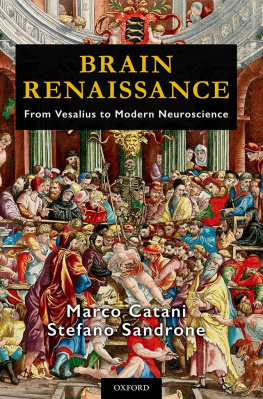

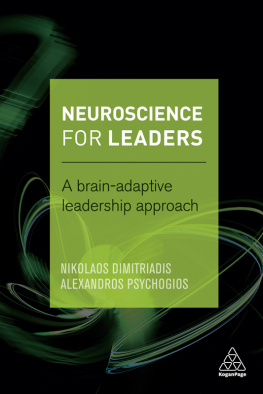
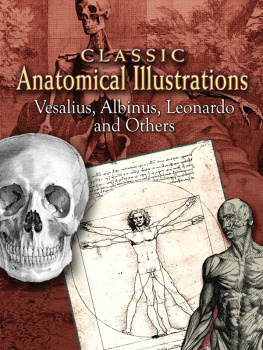
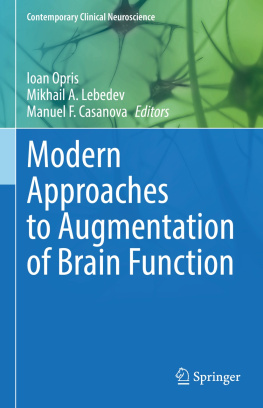
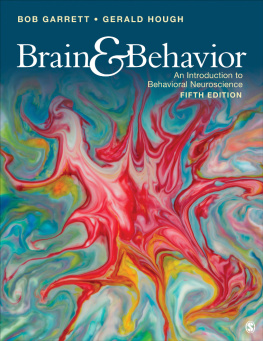
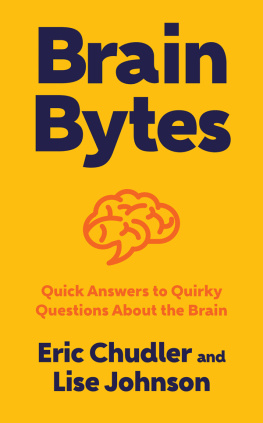
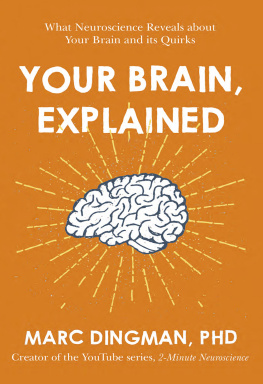
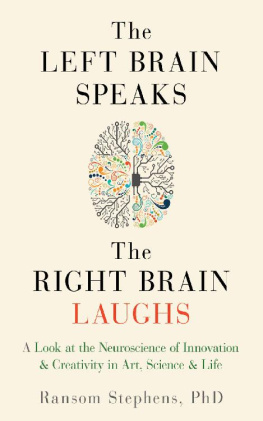
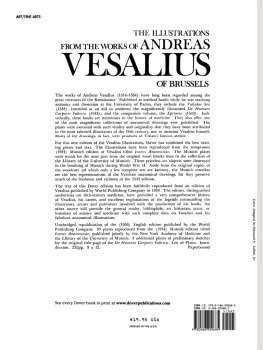

 &
& 
